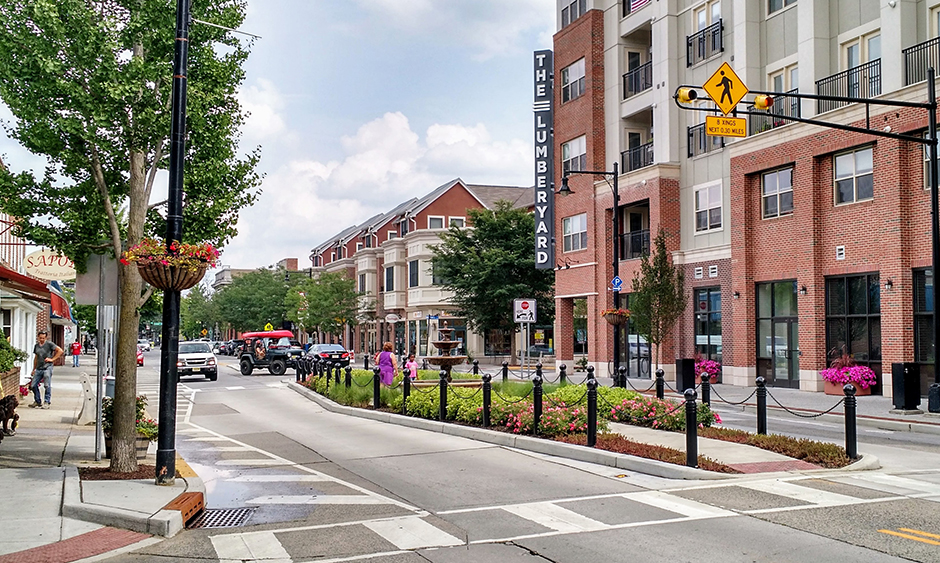
October 31, 2024
DVRPC has been assessing the composition of retail districts across Greater Philadelphia since 2013, and the recently updated Retail Districts of Greater Philadelphia web map allows users to see how these districts have changed over the past decade.
DVRPC has been assessing the composition of retail districts across Greater Philadelphia since 2013, and the recently updated Retail Districts of Greater Philadelphia web map allows users to see how these districts have changed over the past decade. Most notably, vacancy rates have increased from an average of 8 percent in 2013, to an average of 11 percent in 2022. Conversely, retail as a share of all uses in the region’s retail districts has declined from 61 percent to 57 percent over that same period.
The updated web map also explores subjects more broadly related to community and economic development that might be contributing to increased vacancy rates in the region’s retail districts, such as competition from e-commerce and increased bank branch closure rates.
For example, prior to the pandemic, competition from e-commerce prompted traditional brick-and-mortar retailers to curate their own online presence, and during the pandemic e-commerce was a lifeline for retail. Between 2020 and 2022, the retail inventory found that retailers with a website increased by five percentage points to a total of 76 percent,while those with a social media presence increased by three percentage points to a total of 83 percent. Additionally, the survival rate of retailers with a website between 2020 and 2022 was seven percentage points higher than those without a website, with average survival rates of 77 and 70 percent, respectively.
In terms of increased bank branch closure rates, at the national level, this trend is referred to as the “Great Consolidation,” the topic of DVRPC’s recently published report, The Great Consolidation: Community Banking Decline in Greater Philadelphia, which discovered that regionwide the number of community bank branches declined by 49.6 percent from 2012 to 2022. The retail inventory found that between 2013 and 2022, the number of community bank branches located in the region’s retail districts declined by 28.6 percent, from 35 in 2013, to 25 in 2022. If you’d like to learn more about how the region can adapt to changes in the retail banking industry, please join DVRPC and subject matter experts for a panel discussion on December 11, at 2:00 PM.
For more information on the retail district web map and inventory, or DVRPC’s community revitalization work, contact Spencer Gober, Manager in the Office of Community and Economic Development, at sgober@dvrpc.org.